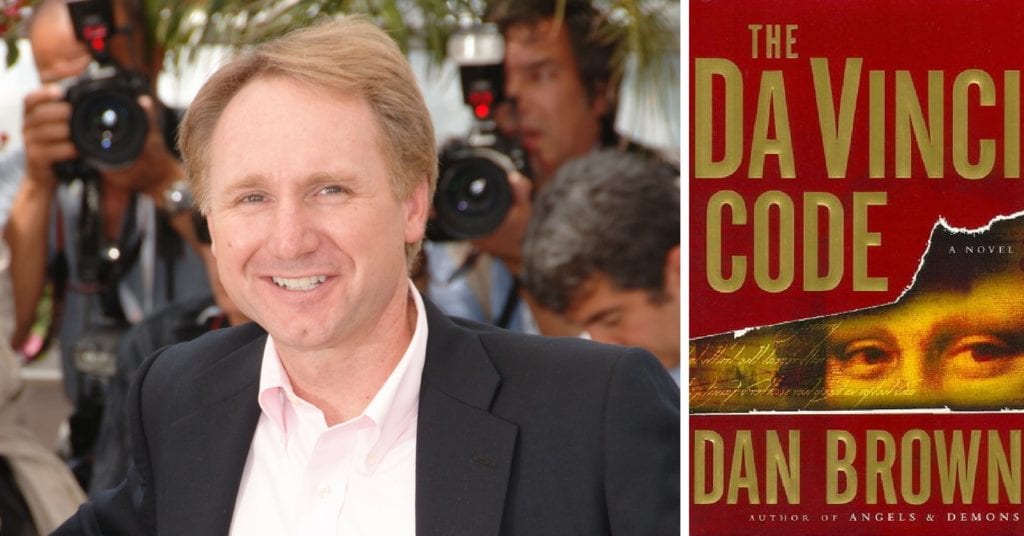
Photography: Bookbub
Back in 2003, a book called The Da Vinci Code arrived not only to become a best-seller and shake the foundations of the Church, but to inaugurate a fever for lyrics that delved into a literature full of secrets. A triumph whose credit belongs to a certain American author who became one of the most multi-selling writers of the millennium. Let's decipher the enigmas through the Dan Brown biography and best books.
Dan Brown Biography

Photography: República GT
Born on June 22, 1964 in Exeter, a town in New Hampshire, in the United States, Brown is the son of a mathematician and a composer of sacred music, a perfect combination for an author who in the early 2000s would revolutionize Christian circles to through some perhaps not so spiritual enigmas.
Brown studied at Phillips Exeter Academy and Amherst College, although he was also lived for a time in Spain, specifically in the Asturian city of Gijón. He also lived in Seville, where he studied at his university, although the conclave of the same has affirmed that there are no records of Brown as a student, perhaps because he enrolled in an Art History course during the summer. Knowledge that, despite drawing a not so distant future, led him at first to produce recordings of children's music under the Delliance label.
In 1991 he moved to Hollywood, California, where he continued his career as a pianist while working as an English and Spanish teacher. It was around this time that met his future wife, Blythe Newlon, fifteen years older than Brown. During the first half of the 90s, Brown continued to record songs and albums, including one under the name Angels & demons (sound like something?).
However, Brown's predilection for literature would arrive in the summer of 1993 during his stay on a Tahitian beach. It was there that he would discover the novel Sidney Sheldon's Doomsday Conspiracy, reading that inspired the future writer to reinvent his career by starting to work on his first novel, The digital fortress, a technological thriller that was beaten by the critics but that ended with a notorious commercial success. This first book was followed Angels and Demons in 2000, a title featuring a certain Robert Langdon obsessed with religious symbolism and taking on the Illuminati sect as the primary custodians of some of history's darkest secrets.
A preamble to the boom that in 2003 would mean The Da Vinci Code, a best seller that despite its certain historical errors managed to shake the Catholic community by alleging facts such as the true nature of the relationship between Mary Magdalene and Jesus Christ, the modification of the Gospels or the actual location of the Holy Grail.
A book that attracted the eyes of the whole world and represented a first general immersion in the Dan Brown bibliography.
Best Dan Brown Books
The Da Vinci Code
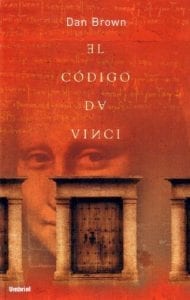
Published in 2003, The Da Vinci Code narrates the alliance between the professor of religious symbolism Robert Langdon and Sophie Neveu, granddaughter of a member of the Illuminati whose murder uncovers the existence of a Holy Grail whose search uncovers numerous secrets in the history of Christianity based on a second reading of The Last Supper or an alteration of the history and events narrated in the Bible. More than 80 million copies soldThe Da Vinci Code is the most successful of the five-book saga starring Robert Langdon and was adapted for the big screen in 2006 with Tom Hanks and Audrey Tautou as protagonists. Despite the numerous criticisms the book received from both the Church and historians, The Da Vinci Code remains one of the best-selling books in history and a reference of a historical literature that experienced a resurgence during the first decade of the XXI century.
Angels and Demons
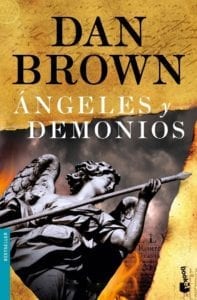
Although it was published before The Da Vinci Code, Angels and Demons became a success thanks to the discovery of the 2003 best-seller. Again, Robert Landon stars in this thriller in which he is summoned by a Swiss research center after discovering the corpse of a man with a strange symbol etched in fire. skin. The first clue of the return of some Illuminati threatening a bomb that will explode in the heart of the Vatican. The novel, an attempt by Brown to unite two opposing concepts (or perhaps not so much) as science and religion, despite being published in 2000, achieved even greater sales success after the publication of The Da Vinci Code and was adapted to the screen in 2009 again with Tom Hanks in the role of Langdon.
The lost symbol
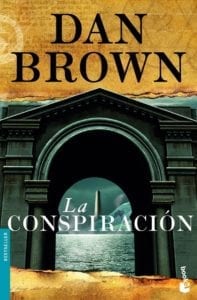
The third book starring Robert Langdon was published in 2009 becoming the best-selling book in a single day, a sign of the furor that Brown's work caused in the first decade of the 2000s. Set this time in the United States, more specifically in Washington DC,The lost symbol leads Langdon to follow the clues to the Masonic Pyramid buried, according to legend, somewhere in the city.
Digital strength
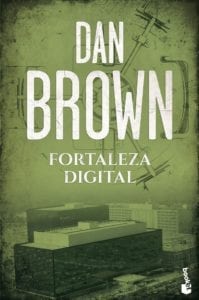
Despite the initial lukewarm criticism (especially due to the setting and description of places in Seville, the city where much of the plot takes place), Digital strength, Brown's first book published in 1998, ended up becoming one of Dan Brown's most famous works. A multi-sales novel whose protagonist is Susan Fletcher, a cryptologist for the secret NSA (National Security Agency) who must investigate the meaning of a top-secret code that no system can decipher except a man recently murdered in Seville.
The conspiracy
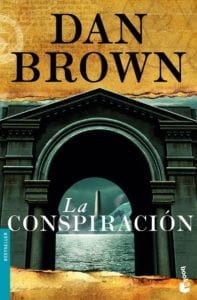
Published in 2001, The conspiracy it was Dan Brown's second novel in which Robert Langdon was not included as the protagonist. In his place we find Rachel Sexton, an intelligence analyst who must unearth the deceptions that involve the appearance of a mysterious space artifact in the Arctic, an event that could favor the victory in the elections of the new president of the United States.
What are your favorite Dan Brown books?